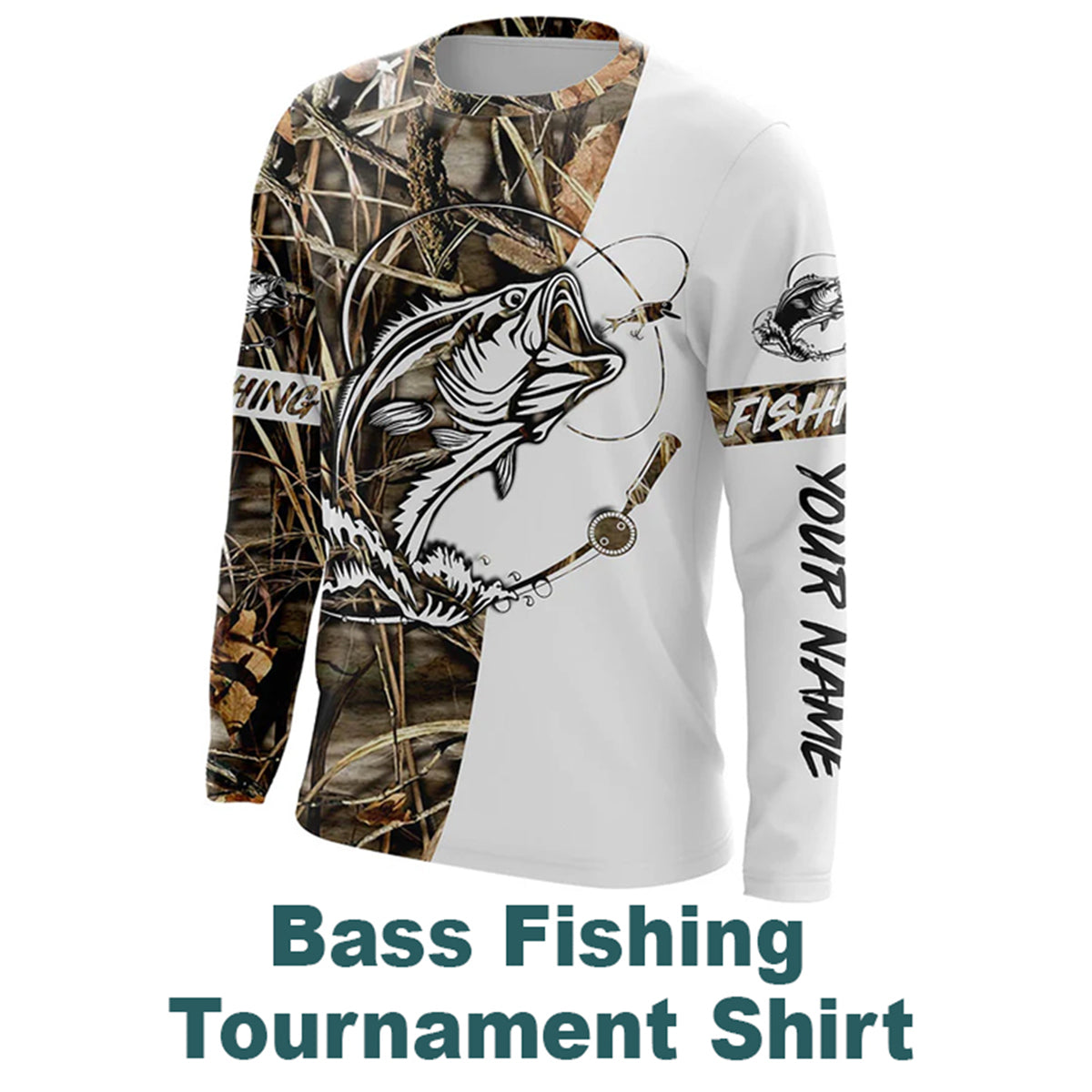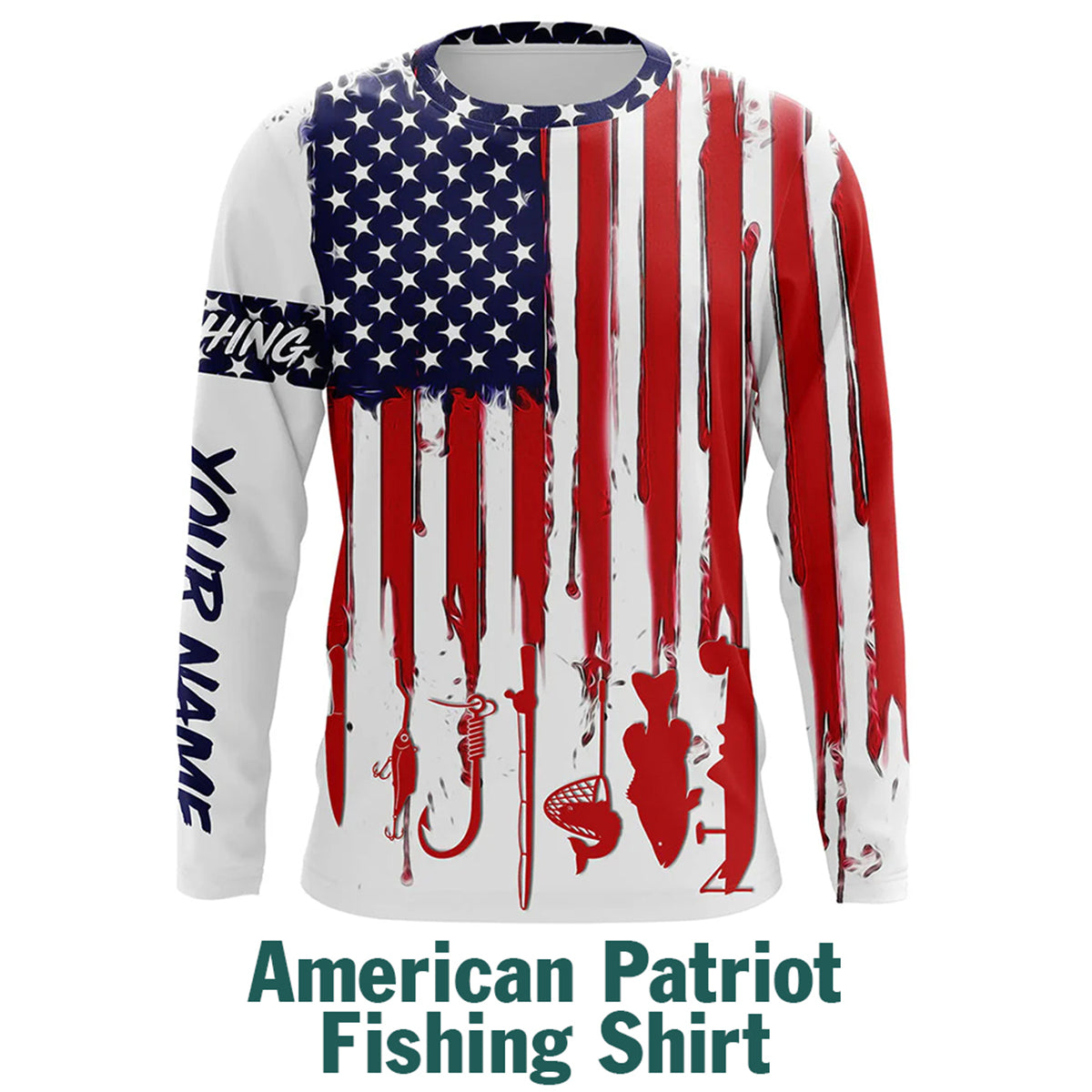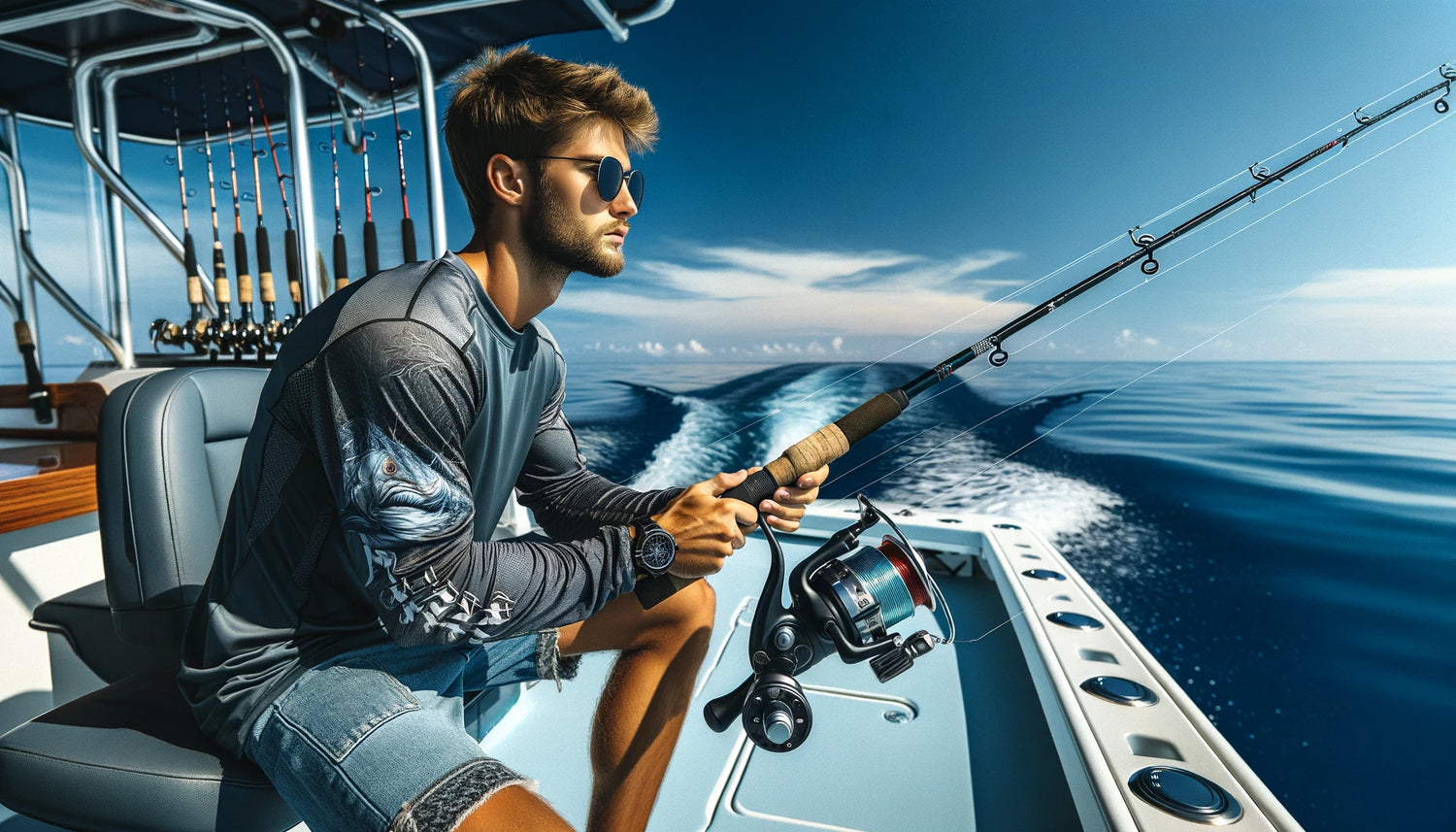Hello there, ocean adventurers and budding anglers! Are you ready to embark on an incredible journey into the heart of saltwater fishing? As a beginner, the sea of choices for gear can seem as vast and deep as the ocean itself. Fear not, for you’ve sailed to the right place! Today, we're diving into the world of spinning reels – the unsung heroes that can make or break your fishing experience. In this comprehensive guide, we’ll explore the "Best Saltwater Spinning Reels for 2024," tailored just for beginners like you. We'll unravel the mysteries of what makes each reel stand out, focusing on their ease of use, durability, and value for your hard-earned treasure. So, hoist your sails, and let's set forth on this exciting voyage to reel in your perfect fishing companion!
Understanding Spinning Reels
Basics of Spinning ReelsHey there, soon-to-be saltwater fishing pros! Before we dive into our top reel picks, let's get cozy with the basics. A spinning reel is like the trusty sidekick in your fishing adventures. It's mounted under the rod, with a fixed spool, meaning the line unwinds straight off, reducing the chances of those pesky tangles we all dread.
Think of it this way: spinning reels are to fishing what automatic cars are to driving – they make things smooth and easy, especially for beginners. Why? Because casting is a breeze. You just flip open the bail (that's the little wire arm on the reel), hold the line with your finger, give the rod a swing, and off your lure goes into the watery world. Perfect for casting lighter baits that don't have the weight to pull the line off a conventional reel.
Key Features to ConsiderNow, let's talk about what makes a spinning reel your best friend at sea. Imagine you're on a boat, the sun's shining, and you've got a fish on the line. What's going to make your life easier?
- Gear Ratio: Picture this: you're reeling in, and for every turn of the handle, the spool spins multiple times. That's your gear ratio. If you have a 5:1 ratio, one handle turns the spool five times. A higher ratio like 6:1 or 7:1 means speedier retrieval – great for quick lures or when you need to bring in the line fast.
- Drag System: This is your fish-fighting feature. When a big one's pulling on your line, the drag system determines how much resistance it meets. Too little, and the fish takes a vacation with your line; too much, and snap! There goes your line. Think of it like a brake, helping you manage the fish's fight without breaking your gear. Front drag systems are generally more robust and smoother, a great plus for beginners battling their first big catch.
- Material and Weight: You'll usually find reels made of two materials - aluminum and graphite. Aluminum is tough, ready for a tussle with saltwater giants, but a bit heavier. Graphite, on the other hand, is lighter (your arms will thank you after a long day) and resistant to saltwater corrosion. If you’re planning on spending hours casting and reeling, lighter can be better.
- Ball Bearings: These little guys live inside your reel and make your reeling smooth. The more, the merrier (and smoother). But quality counts too – look for shielded or sealed bearings, especially in saltwater conditions.
- Spool Size: This determines how much line you can load onto your reel. Bigger spools for longer casts and heavier lines, smaller for lighter, shorter work. It's all about matching your spool to your fishing style.
Understanding these features is like getting the keys to the fishing kingdom. It’s about finding that perfect balance – a reel that’s easy to handle, can take on the challenges of saltwater, and won’t leave your wallet gasping for air.
How to Find the Best Spinning Reels For Saltwater Adventures?
Factors to ConsiderSo, you’re standing in the fishing aisle, eyes glazing over at the sea of reels in front of you. How do you pick the perfect one? Let’s break it down:
- Size Does Matter: The size of your reel should match your fishing ambitions. If you're dreaming of reeling in big, feisty saltwater species, you’ll need a reel that can handle heavier lines and longer casts – think larger spool sizes. But if you’re targeting smaller, inshore fish, a smaller reel will do just fine. Remember, the reel size is often indicated by a number – the higher the number, the bigger the reel.
- Material World: In the world of spinning reels, you've got two main choices - aluminum and graphite. Aluminum is the Hercules of reels – strong and durable. It’s great for anglers who aren’t afraid of a little rough and tumble with bigger fish. Graphite, on the other hand, is like the nimble ninja – lighter and excellent for all-day casting. Plus, it stands up better to saltwater corrosion. Think about where you’ll be fishing and for how long. Will you be wading through salty waves all day? Graphite might be your best bet.
- Drag System – Your Secret Weapon: Imagine you've hooked a fish, and it’s putting up a fight worthy of an action movie. This is where your drag system shines. It lets the fish run with the line but not too far, kind of like a leash. A smooth, adjustable drag system is crucial. Front drag systems are generally more robust and offer more consistent performance, which is great for beginners who might not have the hang of managing a feisty fish yet.
- Ball Bearings – The Unsung Heroes: The more ball bearings in your reel, the smoother your fishing experience. It’s like the difference between riding a rickety old bike and cruising on a sleek sports car. But it’s not just quantity – quality matters too. Look for sealed or double-shielded bearings, especially for saltwater fishing, to protect against sand, salt, and other fun stuff that can gunk up your reel.
- Gear Ratio – Speed vs. Power: This is where things get technical, but stick with me. Gear ratio is all about how many times the spool turns with one crank of the handle. A high gear ratio (like 6:1) means faster retrieval – great for lures that need to move quickly. But sometimes, you need more muscle, more power – that’s where a lower gear ratio (like 4:1) comes in. It’s slower but gives you more torque to battle the heavyweights.
 |
Beginner Tips
Choosing the right spinning reel doesn’t have to be a plunge into the unknown. Armed with this knowledge, you’re well on your way to making an informed choice that will set you up for many successful and enjoyable fishing adventures. Remember, the best reel for you is one that feels right, suits your fishing style, and hopefully, doesn’t make your wallet cry too much! |
Top 10 Best Saltwater Spinning Reels for Beginners
PENN Slammer III - Buy on Amazon
Penn Spinfisher - Buy on Amazon
Penn Authority Spinning Reels - Buy on Amazon
Okuma ITX Lightweight Carbon - Buy on Amazon
KastKing Sharky III - Buy on Amazon
Piscifun Flame - Buy on Amazon
Socorro SW - Buy on Amazon
Shimano Saragosa SW A Saltwater Spinning Reel - Buy on Amazon
Shimano Socorro SW Heavy Duty Saltwater Fishing Reel - Buy on Amazon
Daiwa Procyon MQ LT Spinning Reels - Buy on Amazon
Maintenance and Care for Saltwater Spinning Reels
Basic Maintenance TipsAlright, let’s talk about keeping your spinning reel in top shape. Think of your reel like a car – it needs regular maintenance to perform its best, especially after braving the salty seas.
- Rinse After Every Use: Saltwater is like kryptonite to your fishing gear. After every trip, give your reel a gentle rinse with fresh water. And I mean gentle – no high-pressure hoses here. Just a nice, soft spray to wash away any salt and sand. This helps prevent corrosion and prolongs the life of your reel.
- Regular Cleaning and Lubrication: Every few trips, it’s a good idea to do a more thorough cleaning. You'll want to open up your reel – carefully, following the manufacturer's instructions. Use a soft brush (an old toothbrush works wonders) and mild soapy water to clean the parts. Then, dry everything completely.
- Next up, lubrication. Use a reel-specific lubricant (yes, there’s a special kind for this) and apply it to the gears and moving parts. This keeps everything running smoothly and prevents wear and tear. Remember, a little goes a long way – don’t go overboard with the oil.
- Annual Deep Clean: Once a year, treat your reel to a deep clean. You can do this yourself if you’re feeling adventurous (there are great tutorials online), or take it to a pro. This involves taking the reel apart, giving it a thorough clean, and replacing any worn parts. It’s like a spa day for your reel!
- Do Regular Checks: Before and after fishing, give your reel a quick once-over. Check for any loose screws, strange noises, or parts that don’t move smoothly. Catching issues early can save you a lot of headaches later.
- Don’t Ignore the Drag System: After a day of fishing, back off the drag. Leaving it tight can strain the springs and reduce its effectiveness over time.
- Do Store Properly: When you’re not using your reel, store it in a cool, dry place. If you’ve got a reel cover, use it – it’s like a cozy blanket protecting your reel from dust and damage.
- Don’t Use Cooking or Automotive Oils: Stick to lubricants specifically designed for fishing reels. Other oils can get gunky or damage the delicate parts of your reel.
Taking care of your spinning reel might seem like a bit of extra work, but trust me, it’s worth it. Not only does it extend the life of your reel, but it also makes your fishing trips more enjoyable. There's nothing like a smooth, well-maintained reel to make your time on the water more successful and a lot more fun. So, show your reel some love, and it’ll pay you back with many happy fishing trips!
Conclusion
And there you have it – your guide to the best saltwater spinning reels for beginners in 2024. Remember, the right reel can make a huge difference in your fishing experience. Feel free to explore the options, check out the affiliate links for more details, and hit the waters!
Got any questions or your own tips to share? Drop them in the comments below – I'd love to hear from you!




Leave a comment
This site is protected by hCaptcha and the hCaptcha Privacy Policy and Terms of Service apply.